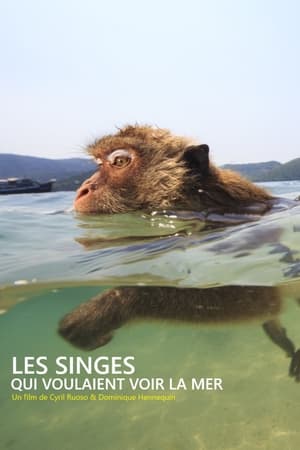

Pétanque: Legacies of a secret war(2024)
Movie: Pétanque: Legacies of a secret war
Top 4 Billed Cast

Pétanque: Legacies of a secret war
HomePage
Overview
Release Date
2024-04-12
Average
0
Rating:
0.0 startsTagline
Genres
Languages:
ภาษาไทยKeywords
Similar Movies
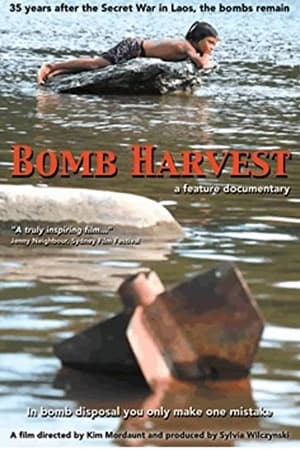 4.2
4.2Bomb Harvest(en)
Laos: the most bombed country, per capita, on the planet. Australian bomb disposal specialist Laith Stevens has to train a new young "big bomb" team to deal with bombs left from the US "Secret War", but meanwhile, the local children are out hunting for bomb scrap metal. Vividly depicting the consequences of war with the incredible bravery of those trying to clear up the mess.
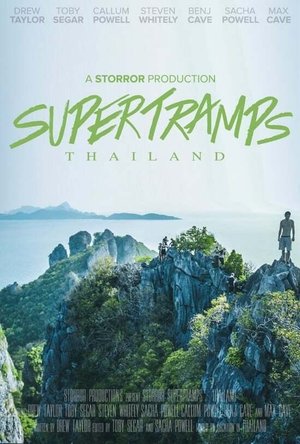 9.5
9.5Storror Supertramps - Thailand(en)
Storror Supertramps - Thailand is the first film of its kind. Seven friends take you on a thrilling feature length adventure, documenting their wild journey around South East Asia. Join some of the worlds favourite athletes on an incredible exploration into their world of fun, freedom and adventure. The boys push the limits of their comfort zone as they endure twenty-eight days with no plans, accommodation or money. What could possibly go wrong ?
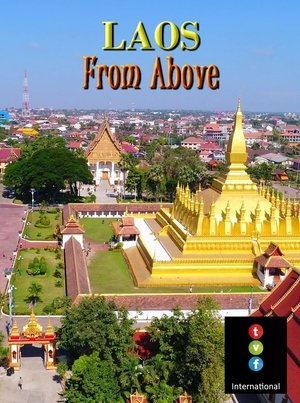 0.0
0.0Laos from Above(en)
The Lanexang Kingdom country has been divided into three Kingdoms: the Vientiane Kingdom, the Luang Prabang Kingdom, and the Champasak Kingdom. Each of these three has developed its capital city into great cornerstones of the nation of Laos. Explore these three old capitals and other unique areas of Laos from breathtaking heights, such as Xiengkouang, where the scars of the war remain.
 8.0
8.0I am from Siam(en)
A short documentary about Thailand, formerly known as Siam.
Art as a Weapon(en)
Street art, creativity and revolution collide in this beautifully shot film about art’s ability to create change. The story opens on the politically charged Thailand/Burma border at the first school teaching street art as a form of non-violent struggle. The film follows two young girls (Romi & Yi-Yi) who have escaped 50 years of civil war in Burma to pursue an arts education in Thailand. Under the threat of imprisonment and torture, the girls use spray paint and stencils to create images in public spaces to let people know the truth behind Burma's transition toward "artificial democracy." Eighty-two hundred miles away, artist Shepard Fairey is painting a 30’ mural of a Burmese monk for the same reasons and in support of the students' struggle in Burma. As these stories are inter-cut, the film connects these seemingly unrelated characters around the concept of using art as a weapon for change.
The Importance of Being Mlabri(da)
There are only 320 Mlabri people left on this planet. They came out of the jungle in Northern Thailand on the border to Laos one generation ago. The Mlabri people used to be hunters and gatherers. Today they scrape out a meagre existence at the bottom of society working as day labourers for the Hmong farmers, and living in shacks on the outskirts of larger Hmong villages. The Mlabri people are currently going through a transformation process, which has taken many other people thousands of years. Now the young people are faced with the choice of staying with their families in the village or adapting to the Thai society. How do they experience the meeting between their own culture and the local, regional and national majority cultures? In this film young Mlabri tell about their past, present and future as they see it; all expressed in their unique and expressive Mlabri language.
 0.0
0.0Muay Thai(en)
This intimate portrait of a Thai boxer, from New York-based filmmaker Josh Hayward, reveals the rituals and pressures experienced in Bangkok's boxing culture—an environment of grueling physical and psychological tension.
Hunted Like Animals(en)
A documentary about the atrocities committed against the Hmong people by the Laos government. Shot by Hmong people with cameras provided to them in 2006, this film provides a unique look into one of the worst, and silent, human rights tragedies of the 21st century.
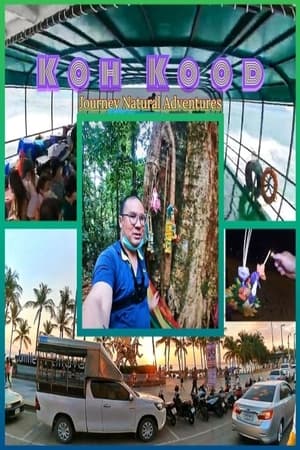 10.0
10.0Koh kood(en)
A young lad solo traveling to the end of Thailand hidden Gem Island known as Koh Kood. A fiery of storms and uncontrollable waves appear while departing off this island after a couple of nights of unimaginable paradise, beautiful landscapes, sceneries and breathtaking adventures.
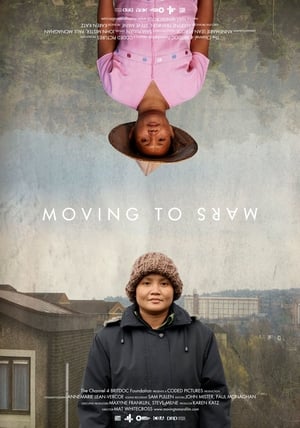 0.0
0.0Moving to Mars(en)
Moving to Mars charts the epic journey made by two Burmese families from a vast refugee camp on the Thai/Burma border to their new homes in the UK. At times hilarious, at times emotional, their travels provide a fascinating and unique insight not only into the effects of migration, but also into one of the most important current political crises - Burma.
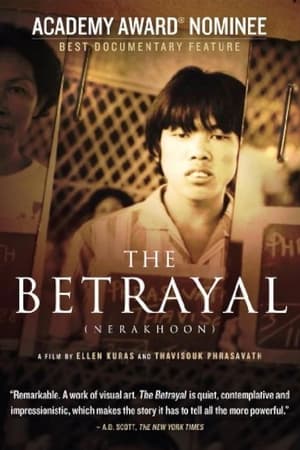 7.0
7.0The Betrayal (Nerakhoon)(en)
Co-directed by acclaimed cinematographer Ellen Kuras and subject Thavisouk Phrasavath, this haunting documentary chronicles a refugee family’s epic journey from Laos in the aftermath of the secret war waged by the United States there to New York, where they find themselves fighting a different kind of war on the streets of Brooklyn. Filmed over the course of 23 years, THE BETRAYAL is a visually and emotionally stunning look at the complex ways in which the political shapes the personal.
Gringo Trails(en)
Are tourists destroying the planet-or saving it? How do travelers change the remote places they visit, and how are they changed? From the Bolivian jungle to the party beaches of Thailand, and from the deserts of Timbuktu, Mali to the breathtaking beauty of Bhutan, GRINGO TRAILS traces stories over 30 years to show the dramatic long-term impact of tourism on cultures, economies, and the environment.
 9.0
9.0Sityodtong Training Camp(en)
Learn the art of Muaythai at one of the best training camps in Thailand. From the traditional Grandmaster Sityodtong, to the present Onechampionship Founder Chatri Sityodtong; to the ever next surviving prodigy kru toy and his assistant yodbandit sityodtong; to the formidable Austmon Sityodtong.
Khon Boys(th)
A documentary recording the lives of Khon students in their last years of study. They spent six years under the rules of the military regime after the 2014 coup d’etat. The coup granted the regime power to change many things, especially education which became more focused on the monarchy and royal glorification instead of basic human values. While the world is becoming awakened to human rights, the military regime deems them against their own values. The shooting of the film began at the time of the king’s succession, shortly after which there was a great social awakening in Thailand. Meanwhile, the authorities used state violence and oppression in an effort to eliminate dissidents, even when they were just high school and university students.
 5.1
5.1The Virgin Trade Sex, Lies and Trafficking(en)
An investigation into the nature of the sex trade in Thailand.
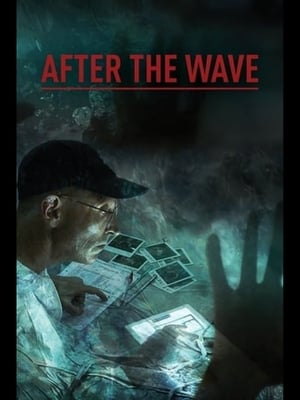 4.0
4.0After the Wave(en)
The Boxing Day Tsunami in 2004 was the most devastating natural disaster in modern times, killing 228,000 people across 13 countries in just a few hours. AFTER THE WAVE tells the untold story of this epic forensic operation in Thailand to identify and return home the bodies of over 5,000 victims, both locals and holidaymakers from around the world. Led by a crack Australian team, the best forensic specialists from around the world were in a race against time to give back every victim their identity. Creating forensic history, the international team’s mantra from the outset was ‘we will take them home’, a seemingly impossible ambition but one that almost succeeded. In this film forensic science intersects with powerful stories of survival and loss, attempting to make some sense out of a tragedy so bewilderingly complete that nearly a decade out it still seems far-fetched to most of us.
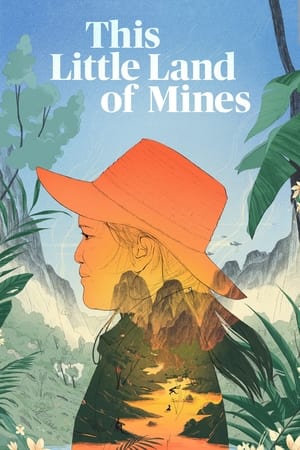 7.7
7.7This Little Land of Mines(en)
During the Vietnam War, the US bombed Laos more heavily than any other country had been bombed before. Today, the Lao people live among, and risk their lives to clear, over 80 million unexploded bombs on their doorsteps. With great beauty and empathy, this documentary reveals the unbelievable stories of the men and women at the forefront of this monumental task.
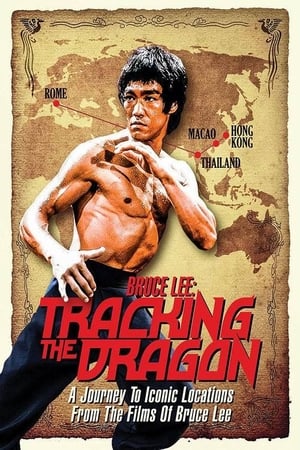 4.8
4.8Bruce Lee: Tracking the Dragon(en)
Bruce Lee expert John Little tracks down the actual locations of some of Bruce Lee's most iconic action scenes. Many of these sites remain largely unchanged nearly half a century later. At monasteries, ice factories, and on urban streets, Little explores the real life settings of Lee's legendary career. This film builds on Little's earlier film, Pursuit of the Dragon, to present a comprehensive view of Lee's work that will change the way you see the films.
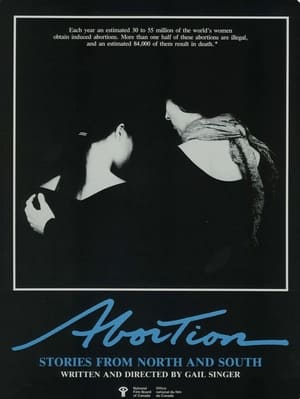 0.0
0.0Abortion: Stories from North and South(en)
Women have always sought ways to terminate unwanted pregnancies, despite powerful patriarchal structures and systems working against them. This film provides a historical overview of how church, state and the medical establishment have determined policies concerning abortion. From this cross-cultural survey--filmed in Ireland, Japan, Thailand, Peru, Colombia, and Canada--emerges one reality: only a small percentage of the world's women has access to safe, legal operations.
